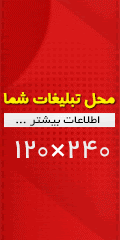The following are the only recommendations that can be useful in pistachio shell prevention until a suitable method is found to definitively control such fungi:
Pistachio pests and insectivores should be controlled in a timely manner. Because feeding worms or larvae of these insects from pistachio kernels and placing their excrement in pistachios provides a suitable environment for the spread and growth of these fungi.
In harvesting, the pistachios collected from the tree should not come into contact with the soil and other contaminants, and secondly, the harvested crop should be large enough to remove the soft skin on them on the same day.
Therefore, pistachios with soft skin should not be piled on top of each other for several hours, because the natural moisture of soft skin spreads into the seeds and at the resulting temperature, the environment is prone to mold and provides favorable living conditions for poisonous fungi. In addition, it changes the natural color of the hard skin of pistachios as well as the kernel.
Secondly, pistachios collected from the ground and also from branches that were in contact with the soil should not be mixed with healthy garden produce.
Fourth, damaged pistachio seeds, the appearance of which indicates pest and disease, should be separated during harvest.
Fifth, separating the soft shell with dry peeling machines has the advantage that it does not create a wet and humid environment inside the pistachio, and thus prevents the spread or growth of such fungi in the brain area, unlike in peeling machines. Blue provides this background.




